This website uses cookies to ensure you get the best experience on our website. Terms of Use.
Accept CookiesFor better user experience, please use another browser.
Blue & John Crow Mountains National Park, 28856; Blue & John Crow Moutains World Heritage Site.
METT Scorecard 2015/16 and National Park Management Plan 2017/18 – 2026/27
Decrease encroachment through boundary marking, improved enforcement & compliance programme, enhanced community awareness and sustainable livelihoods opportunities and forest restoration.
The activities of this project are divided by three main areas of work:
1. Boundary Marking (at key areas): Install firebreak, small signs, paint on trees, ribbon of trees (where there are no trees) and forest restoration in deforested areas immediately behind the boundary. This work will be focused on the most encroached boundary (on the southern slopes of the Blue Mountains). The same small signs and paint on trees will be placed along other boundaries that are easily accessible. GPS tracking will be used to ensure the park staff install the signs/symbols at the correct locations. This activity will be implemented by the Park Manager and Ranger Corps.
2. Enhanced Enforcement & Compliance Programme: improve/expand Ranger Stations; Procure & use: vehicles, equipment & gear including camera traps and drones and other technology; Conduct Ranger training. These activities will enhance the ability of National Park Rangers to promote compliance and deter against illegal activities in and around the National Park.
3. Raised community awareness, knowledge and Improved sustainable livelihood practices: Involve community members and volunteers in work of the National Park; Community Outreach activities e.g. fairs, public education; Sustainable Livelihoods and National Park management training. In addition, there will be a strategic effort to improve communications and facilitation of sustainable livelihoods based on lessons learned, studies conducted over the last three years and best practices.
The vehicles, equipment and gear will significantly enhance the efficiency and effectiveness of management of the National Park and protection of its core Preservation Zone, which is a World Heritage Site. In particular, it will ensure greater presence of the National Park Rangers and improved observation of any breaches of the protected area or other environmental legislation. Along with the more organised training of the National Park Rangers and the improved Ranger Station conditions, this will improve the morale within the National Park Ranger Corps. The boundary marking, particularly along the most encroached boundary, will result in the improved visibility of the boundary, making it easier to defend and for local farmers to obey, therefore reducing encroachment. There will also be activities aimed at addressing land tenure in the area, with other additional funding. Reduced encroachment and consequently reduced damage to the forest within the boundary as well as restoration of forest on degraded land inside the National Park boundary will improve the conservation of biodiversity and ecosystem services in the area. The community outreach and facilitation of sustainable livelihoods is aimed at changing behaviour as we have found from recent studies that community members are quite aware of best environmental practices however they require more of an on-going, mentoring approach in addition to incentives and enforcement action.
Download the project infofiche.
Green Jamaica JCDT and Blue Mountain National Park
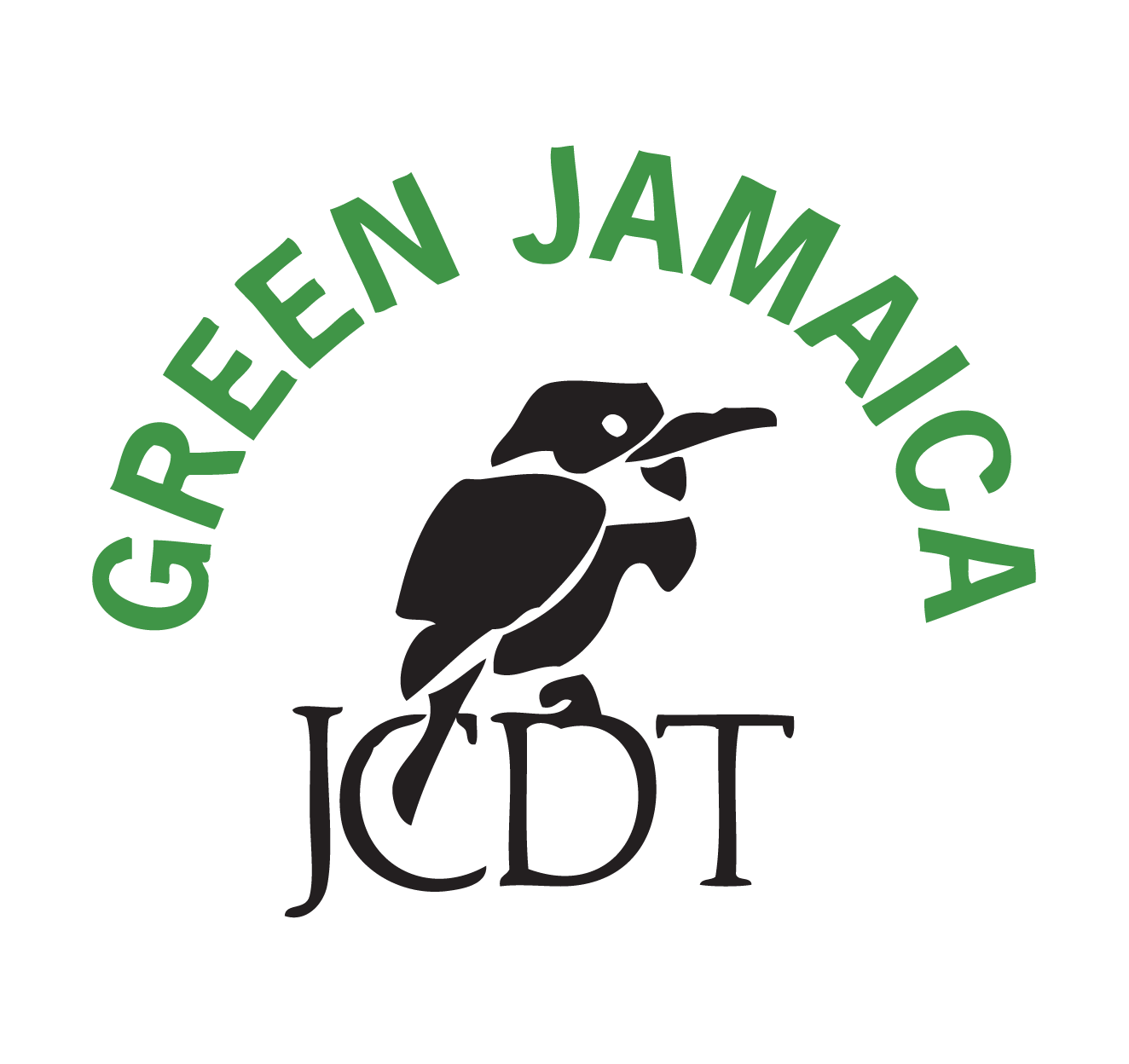
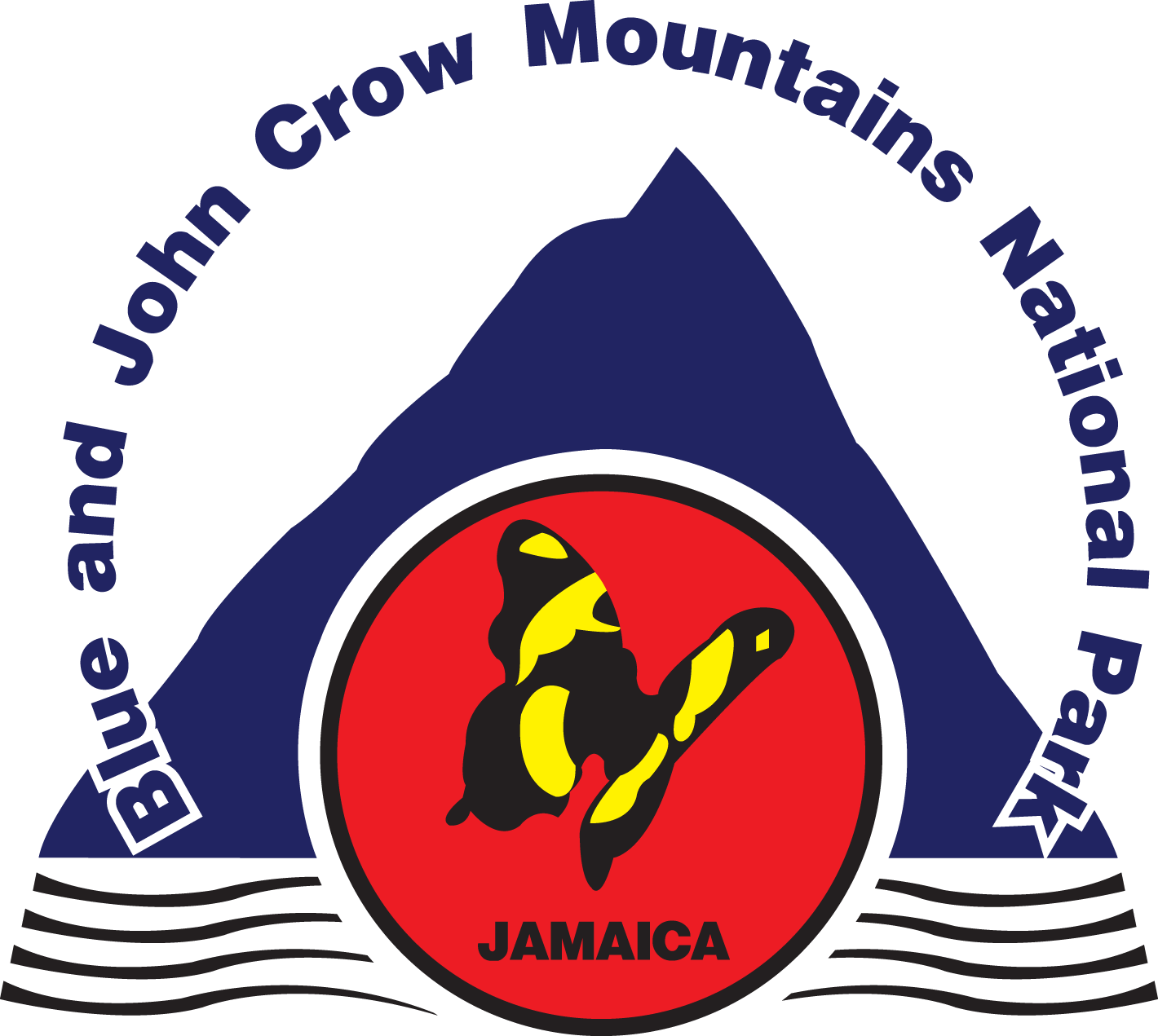
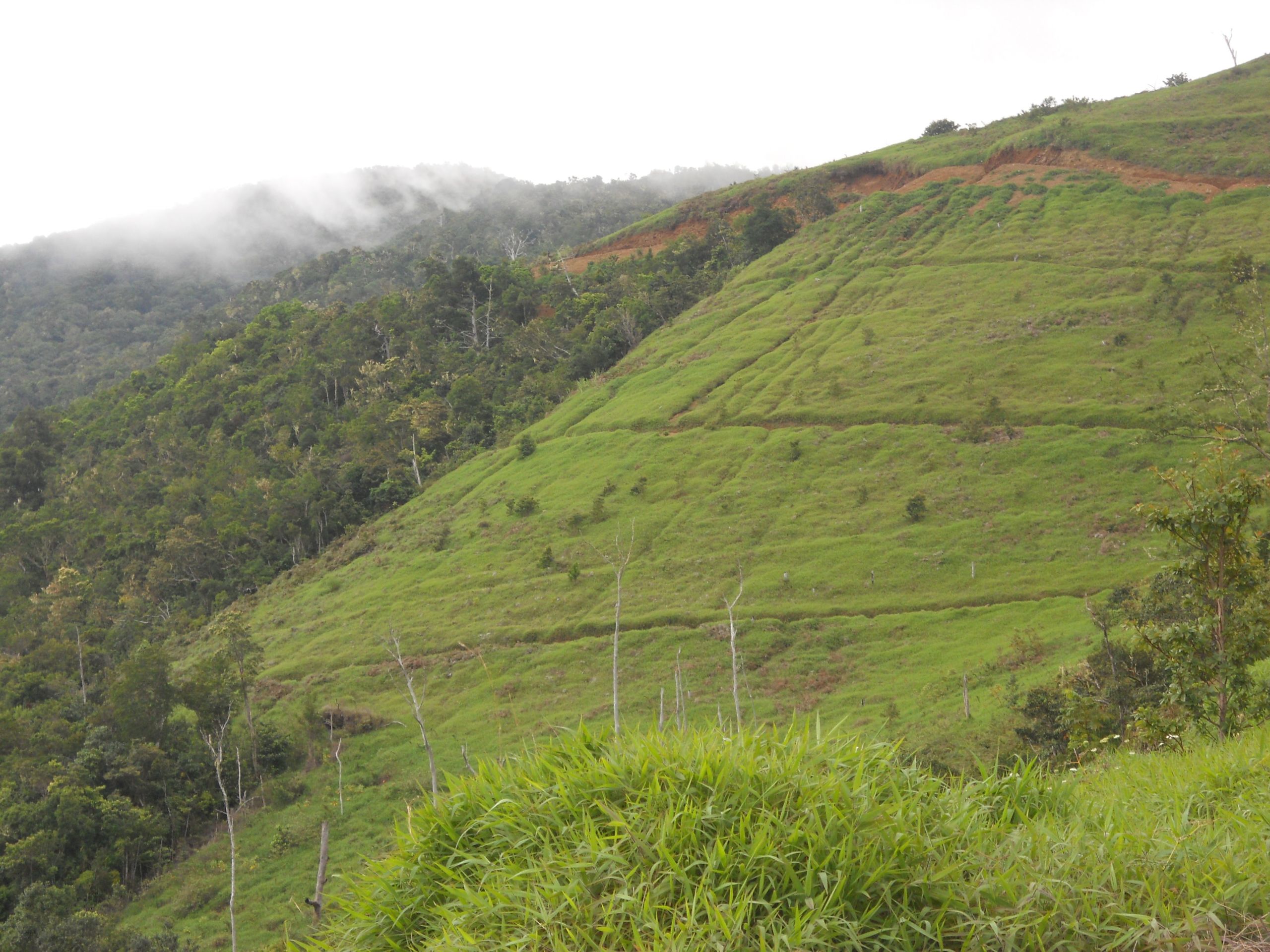
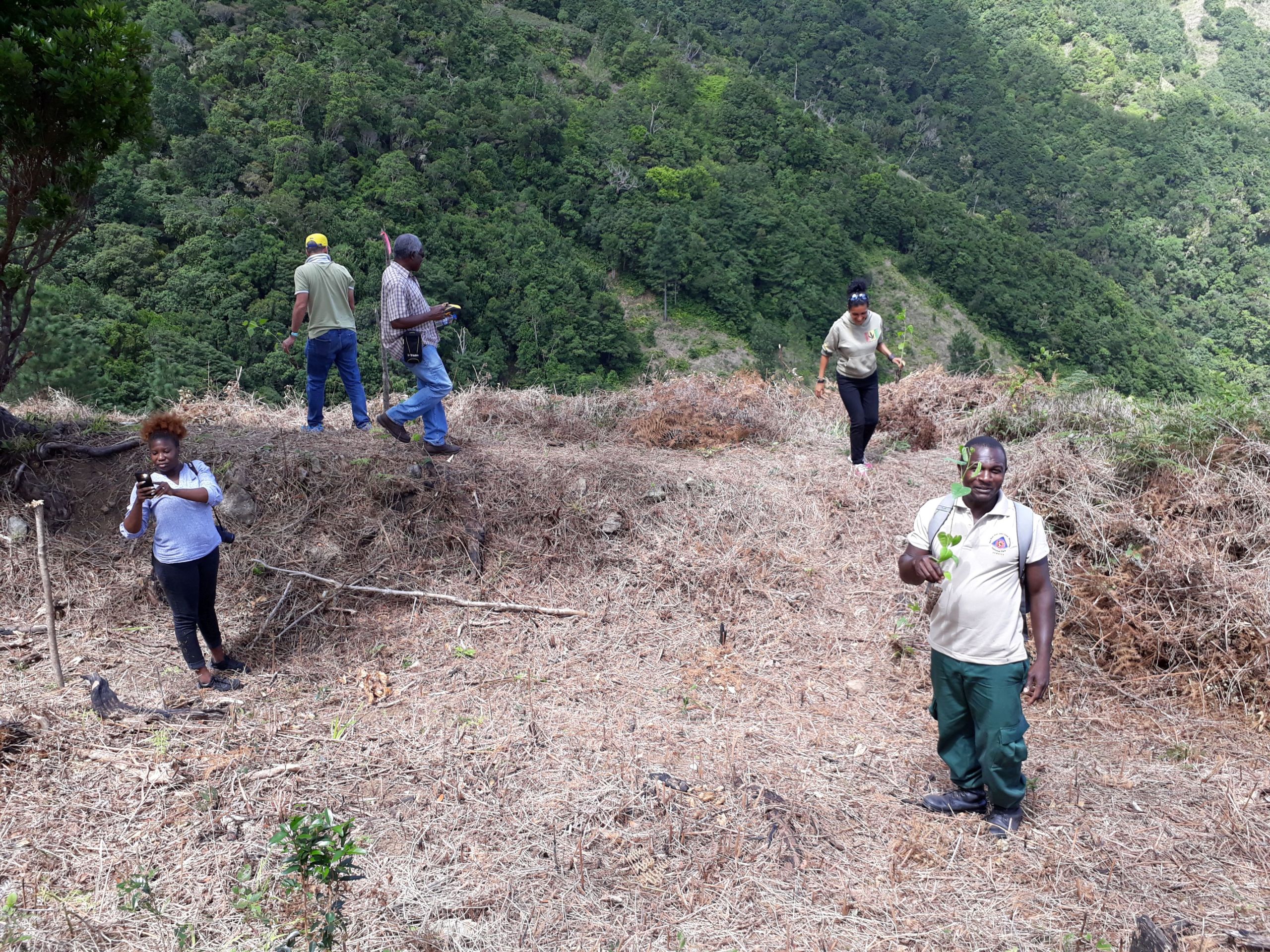
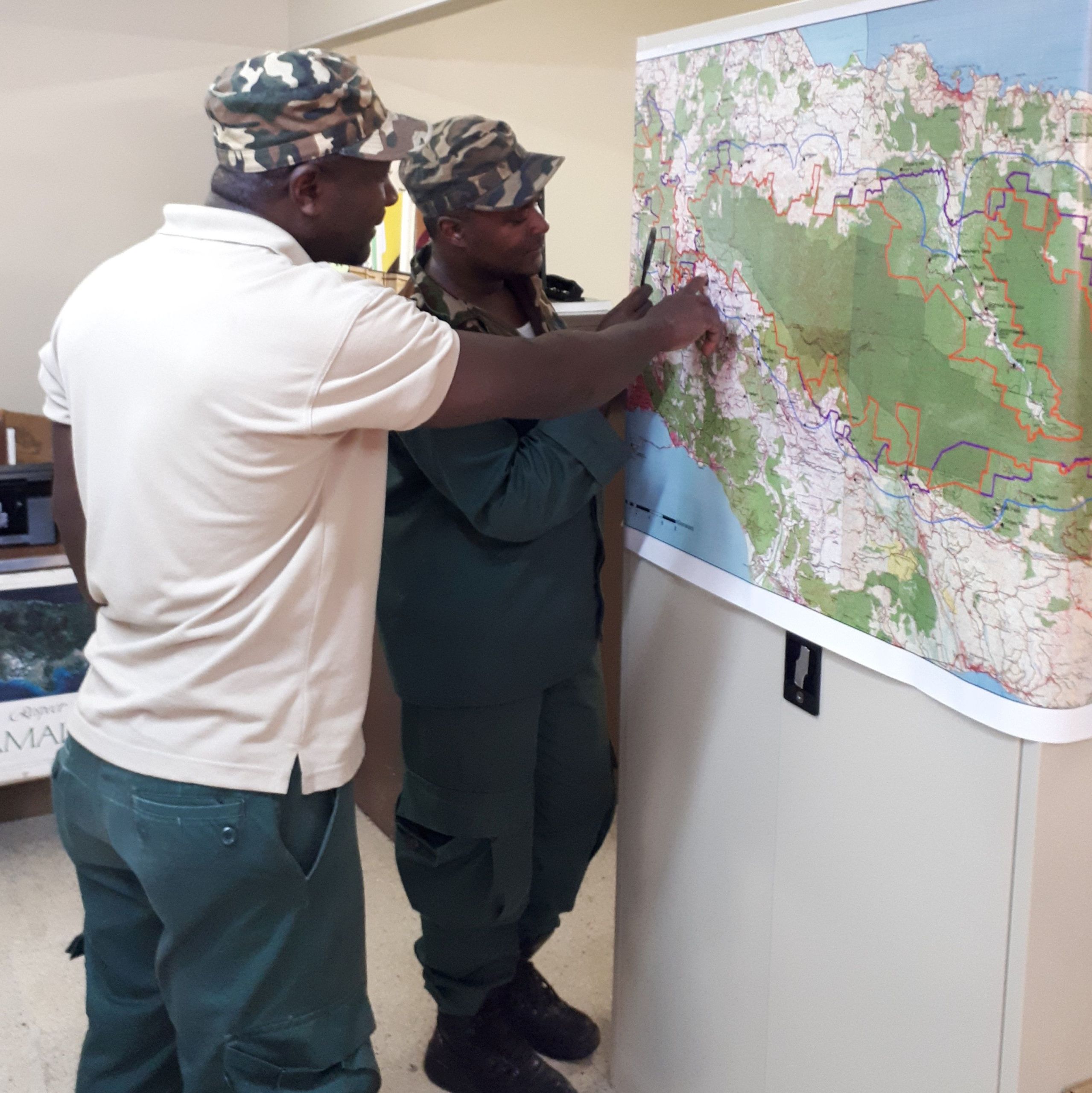
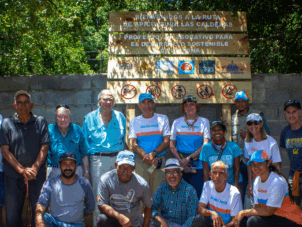 Small Technical Grants,
February 14, 2024 – August 30, 2024
Small Technical Grants,
February 14, 2024 – August 30, 2024
Caribbean
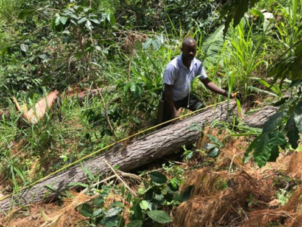 Jan. 15, 2024 – Dec. 15, 2024
Jan. 15, 2024 – Dec. 15, 2024
Caribbean
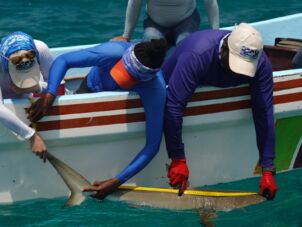 Jan. 14, 2024 – Dec. 12, 2024
Jan. 14, 2024 – Dec. 12, 2024
Caribbean
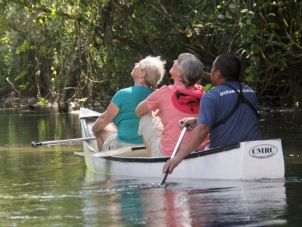 Jan. 11, 2023 – Oct. 31, 2024
Jan. 11, 2023 – Oct. 31, 2024
Caribbean
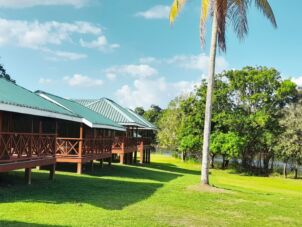 Jan. 2, 2023 – Jan. 31, 2024
Jan. 2, 2023 – Jan. 31, 2024
Caribbean
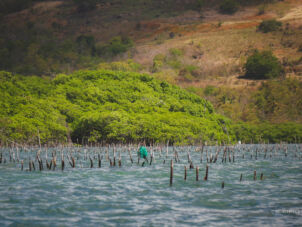 Jan. 2, 2023 – Jan. 31, 2024
Jan. 2, 2023 – Jan. 31, 2024
Caribbean
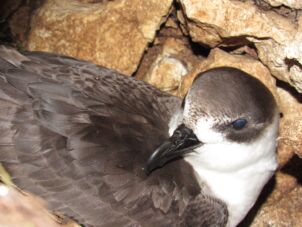 Nov. 30, 2021 – Jan. 30, 2023
Nov. 30, 2021 – Jan. 30, 2023
Caribbean
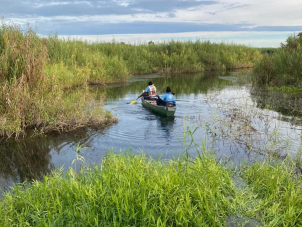 15/2/2021 -14/2/2022
15/2/2021 -14/2/2022
Caribbean
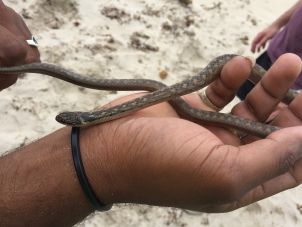 01.05.2021 – 30.04.2022
01.05.2021 – 30.04.2022
Caribbean
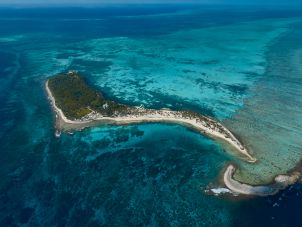 01.07.2020 – 30.06.2023
01.07.2020 – 30.06.2023
Caribbean
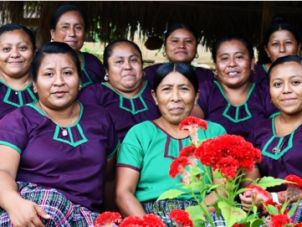 01.10.2020 – 31.07.2021
01.10.2020 – 31.07.2021
Caribbean
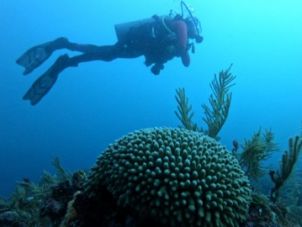 01.07.2020 – 30.06.2023
01.07.2020 – 30.06.2023
Caribbean
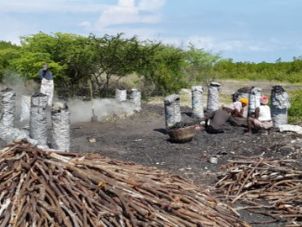 30.04.2020 – 29.04.2021
30.04.2020 – 29.04.2021
Caribbean
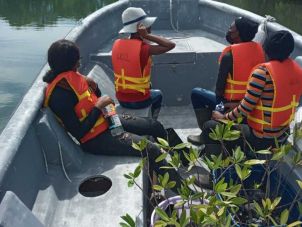 January 1, 2022 to May 31, 2022
January 1, 2022 to May 31, 2022
Caribbean
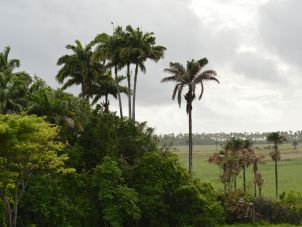 March 15, 2022 to August 14, 2022
March 15, 2022 to August 14, 2022
Caribbean
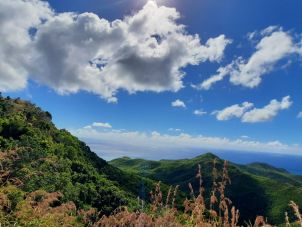 January 1, 2022 – May 31, 2022
January 1, 2022 – May 31, 2022
Caribbean
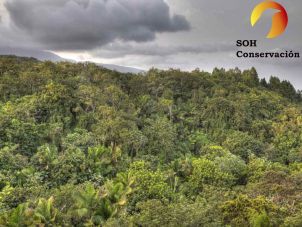 May 1st 2022 - September 30th 2022
May 1st 2022 - September 30th 2022
Caribbean
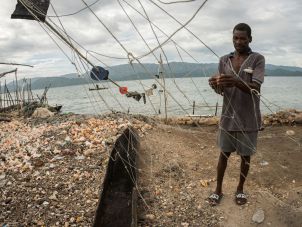 June 30, 2021 – June 29, 2022
June 30, 2021 – June 29, 2022
Caribbean
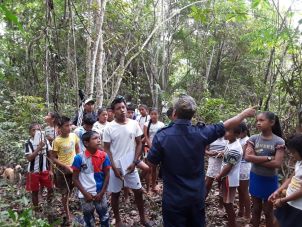 December 1, 2021 – November 30, 2022
December 1, 2021 – November 30, 2022
Caribbean
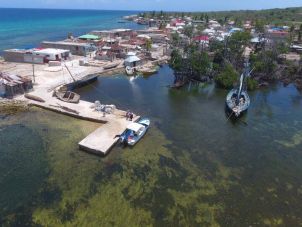 30 November 2021 - 29 April 2022
30 November 2021 - 29 April 2022
Caribbean
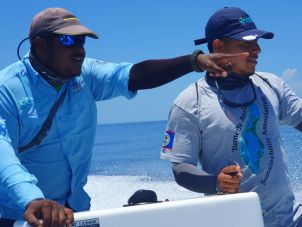 1 July 2021 - 31 December 2021
1 July 2021 - 31 December 2021
Caribbean
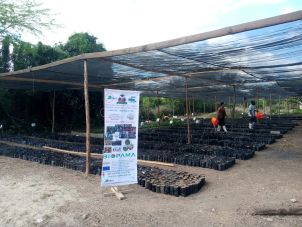 5 April 2021 - 4 April 2022
5 April 2021 - 4 April 2022
Caribbean
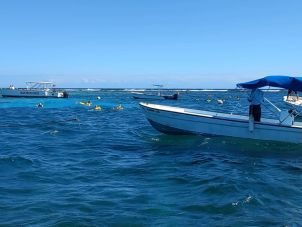 Rapid Response Grant,
22 October 2021 - 21 April 2022
Rapid Response Grant,
22 October 2021 - 21 April 2022
Caribbean
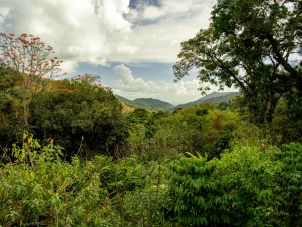 15 October 2021 - 14 October 2022
15 October 2021 - 14 October 2022
Caribbean
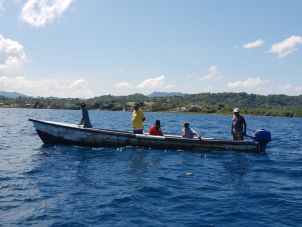 March 1, 2021 - February 28, 2022
March 1, 2021 - February 28, 2022
Caribbean
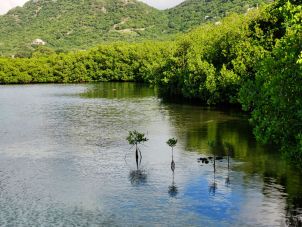 June 1, 2021 - May 31, 2022
June 1, 2021 - May 31, 2022
Caribbean
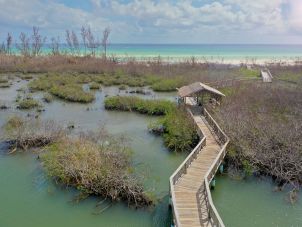 Small Technical Grants,
September 15, 2020 - April 14, 2021
Small Technical Grants,
September 15, 2020 - April 14, 2021
Caribbean
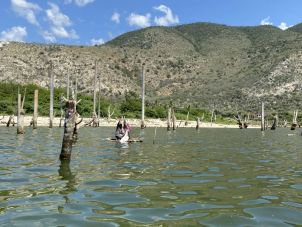 October 14, 2020 – October 10, 2023
October 14, 2020 – October 10, 2023
Caribbean
